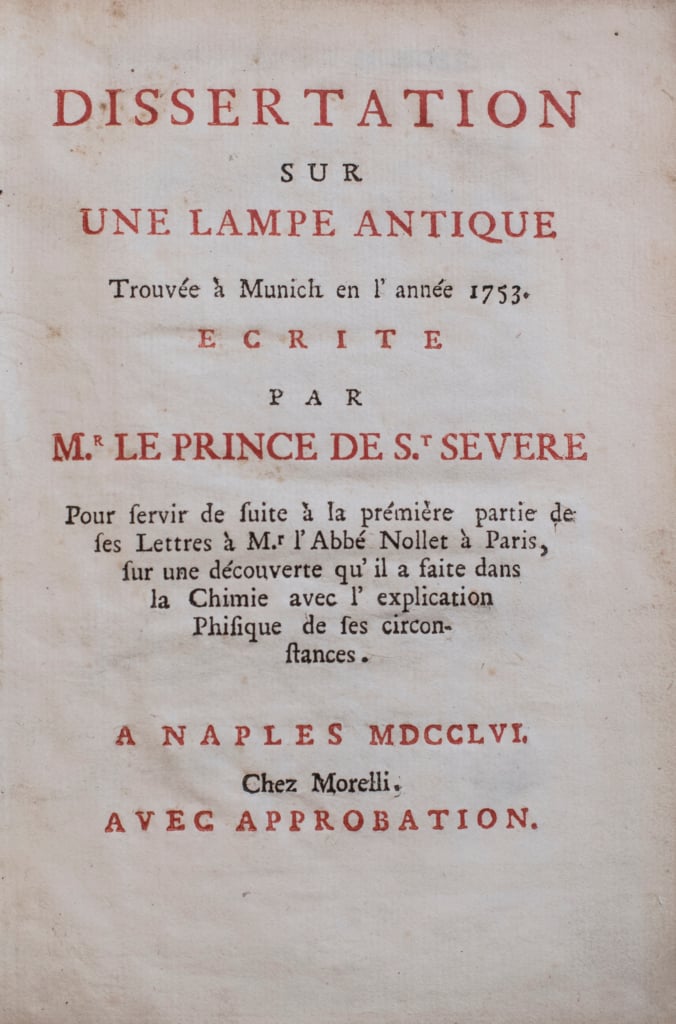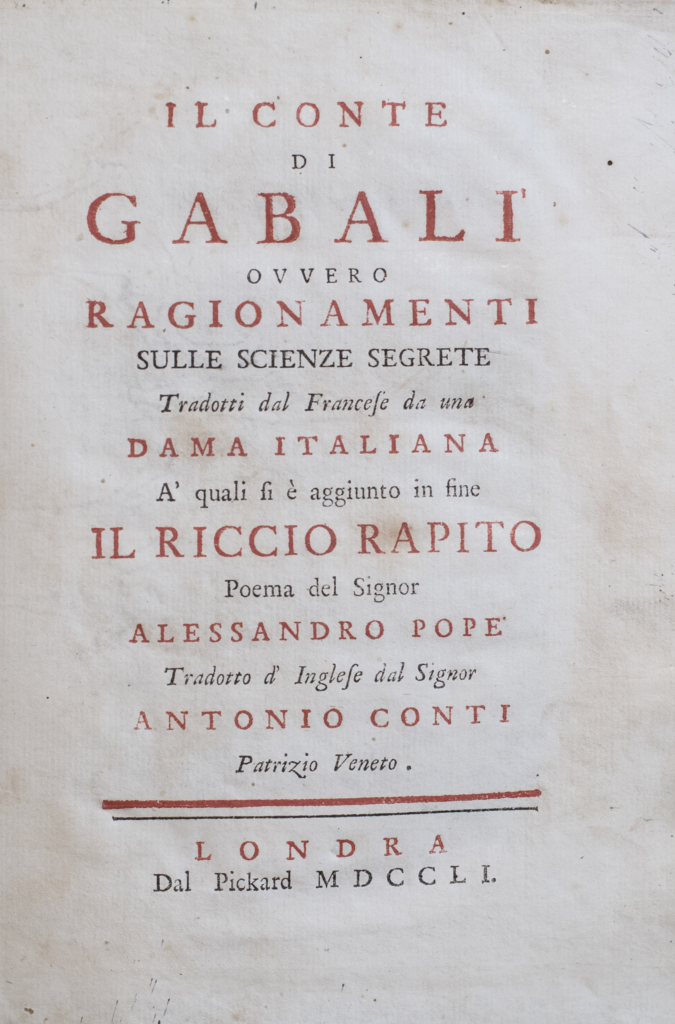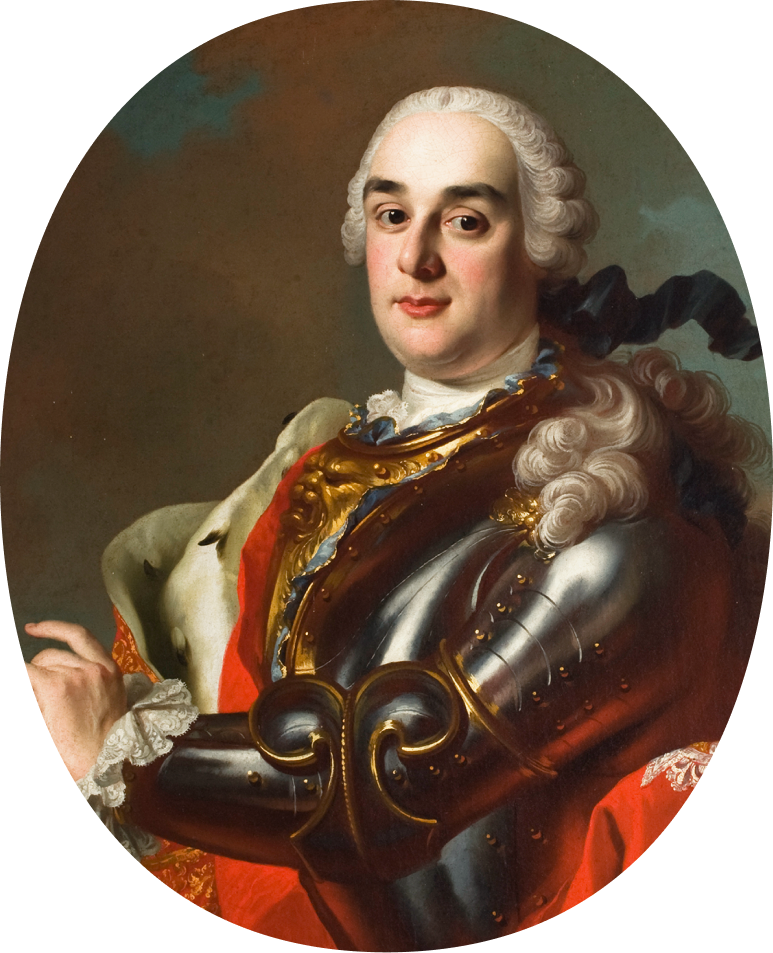The Prince of Sansevero Literary and scientific writings

A puzzling book
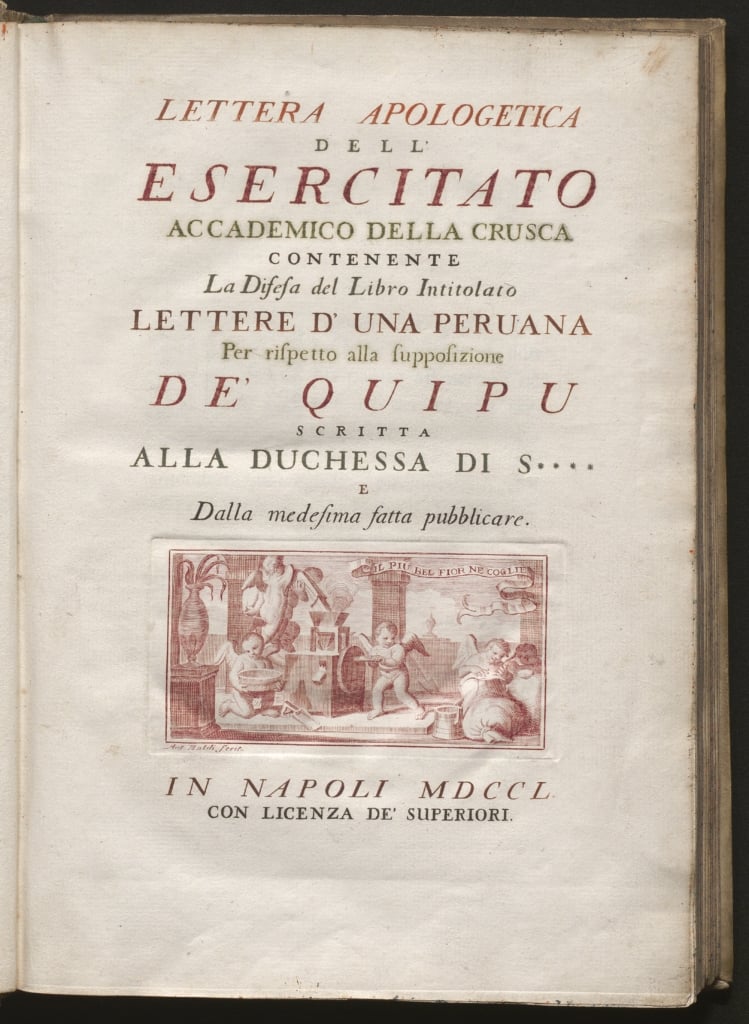
It was printed in the Prince of Sansevero’s private press in early 1751 – but the title page bears the date of the previous year – a book which caused amazement and turmoil, as much for its typographical exceptionality as its kaleidoscopic subject matter. The author was Raimondo di Sangro himself, and he published it with the approval of the Crusca and using its name, as an academician, calling it Letter in Defence of the Academician Esercitato of the Crusca containing his Defence of the book entitled Letters of a Peruvian woman concerning the hypothesis regarding the Quipu addressed to the Duchess of S**** and published by the same. (Naples 1750).
Mysterious inca quipu
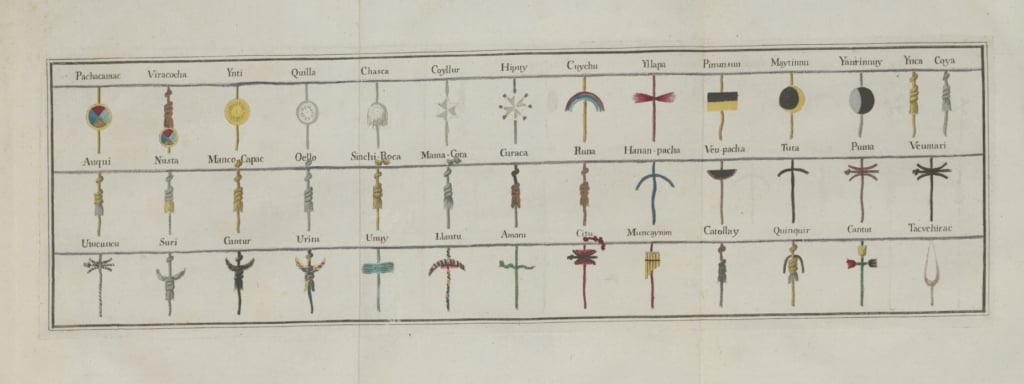
Formally, Sansevero’s Lettera was like an amusing defence of the efficiency of an ancient communication system in use by the Incas of Peru, addressed to a Duchess friend, taking advantage of the recent publication, in Paris, of the Lettres d’une péruvienne (1747) by Françoise de Graffigny, an exotic epistolary novel whose main character, according to the writer, had used the quipu for some of her missives. In reality, the knots on the different coloured strings, called quipu, which the Pre-Columbian civilisations used to keep accounts or record events, gave Raimondo di Sangro the pretext to touch on very different topics.
A challenging free thinker
In this work with its complex structure – full of notes, references, quotations – Sansevero spread the pantheist message as found in the works of John Toland, the need for free thought, unorthodox theories on the origin of the world, man and writing, hostility to Church interference and the introduction of Inquisition Courts in the Kingdom of Naples. That is not all: his contemporaries believed that, between the lines of the Lettera Apologetica, the civil intent and the innovative thought of Masonry lurked, with references to the cabalistic tradition, even esoteric messages communicated using an “evil jargon”. Quoting Bayle, d’Argens, Swift, Pope, Voltaire, English deists and exponents of the so-called Radical Enlightenment, di Sangro was definitely part of the European anti-traditional culture.
A masterpiece of typography
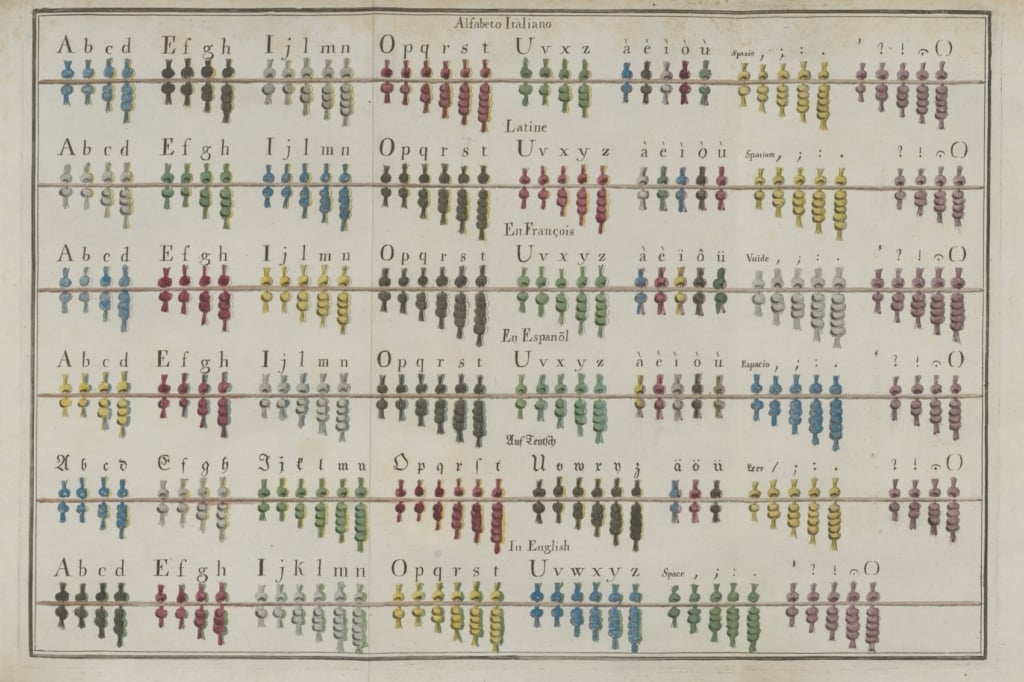
Even from the typographical point of view, the title page of the Apologetica had some features quite unthinkable for that time: it was in fact printed in four colours with a single turn of the press, thanks to a technique perfected by di Sangro, who wanted to give everyone a taste of his – as Lorenzo Giustiniani described it in 1793 – “new surprising invention”. The text is accompanied by three beautiful folding illustrations. In the first, the Prince worked on the main signs, or “Master Words”, of the ancient Inca language, such as God, Night, Water, Sun and others. In the second, he even translates into quipu a Peruvian song. In the third, he ably shows how it is possible to transliterate the Latin, Italian, French, Spanish, German and English alphabets in quipu.
A condemnation of the Index of Forbidden Books
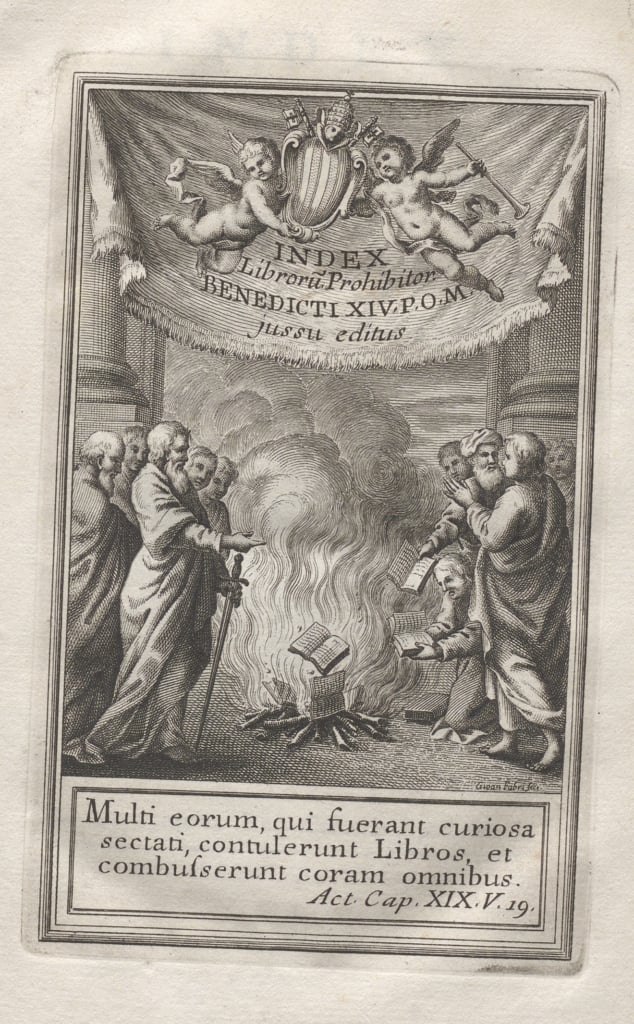
However, the fine quality of the printing was not enough to distract the Roman censors of the Congregation of the Index of Prohibited Books, who condemned the work on 29th February 1752 as infected by “foul plague”, and confirmed the prohibition in 1754, after which the author had tried – by sending a Supplication to the Pope – to justify the thesis expressed in the Apologetica, arguing that they had been written in an ironic tone. Reaction to the book did not come only from the Holy See. Also the Jesuits Pasquale De Mattei and Innocenzo Molinari attacked it severely, considering it “a sink of all heresies”. So, with the publication of the Lettera Apologetica, Raimondo di Sangro’s reputation was confirmed and grew as that of an unorthodox intellectual, which lasted all his life, and which would stay with him for ever.


